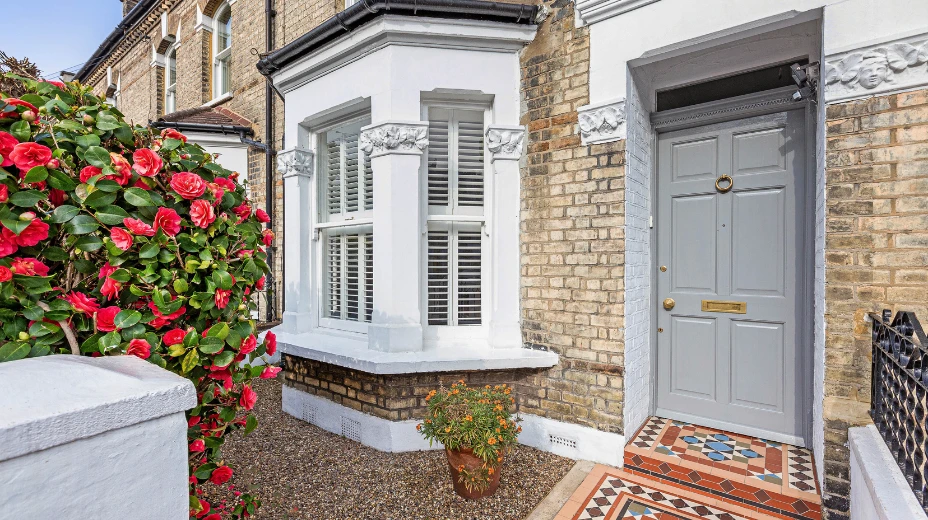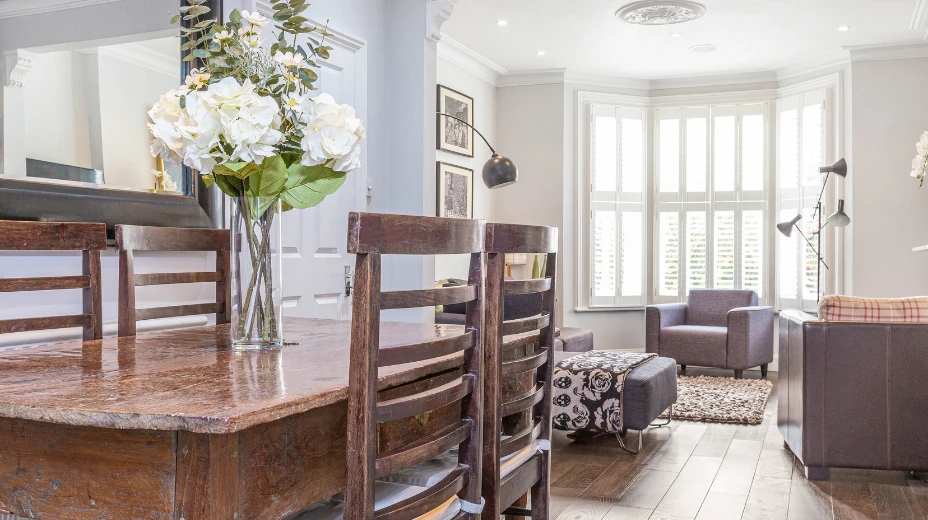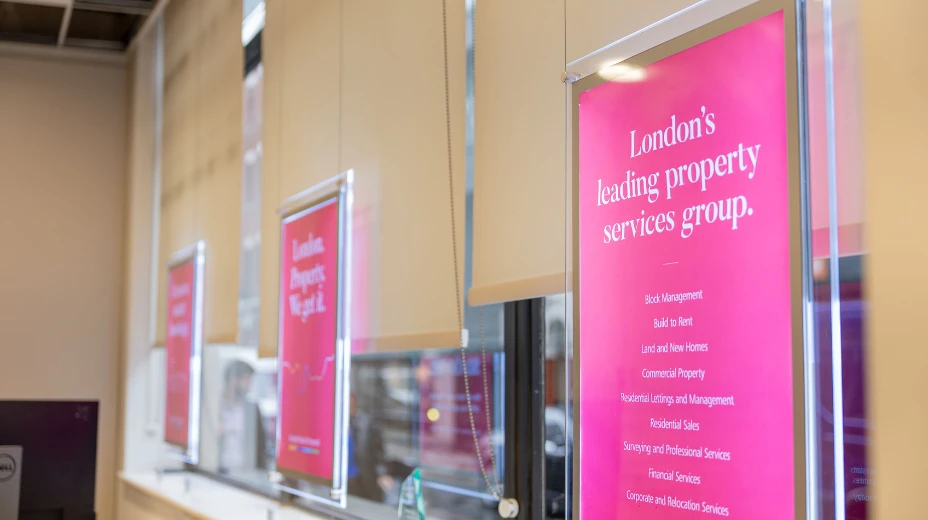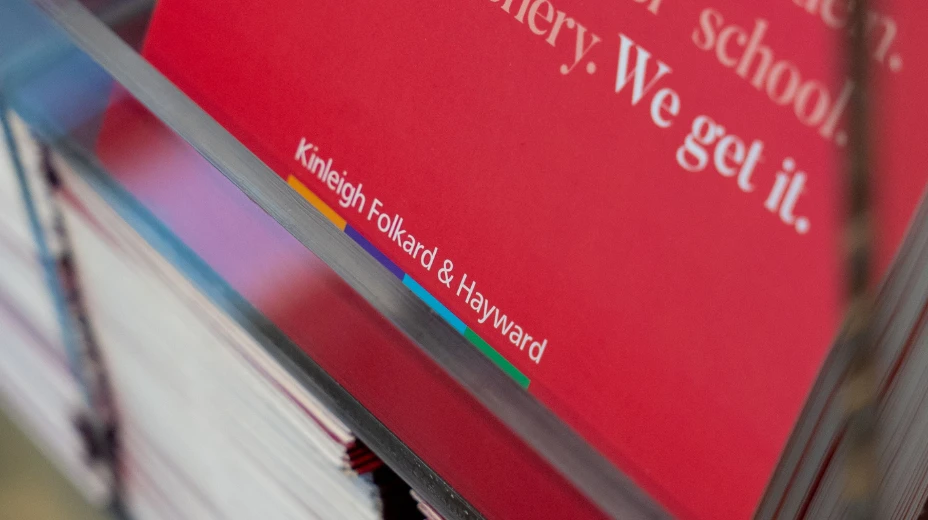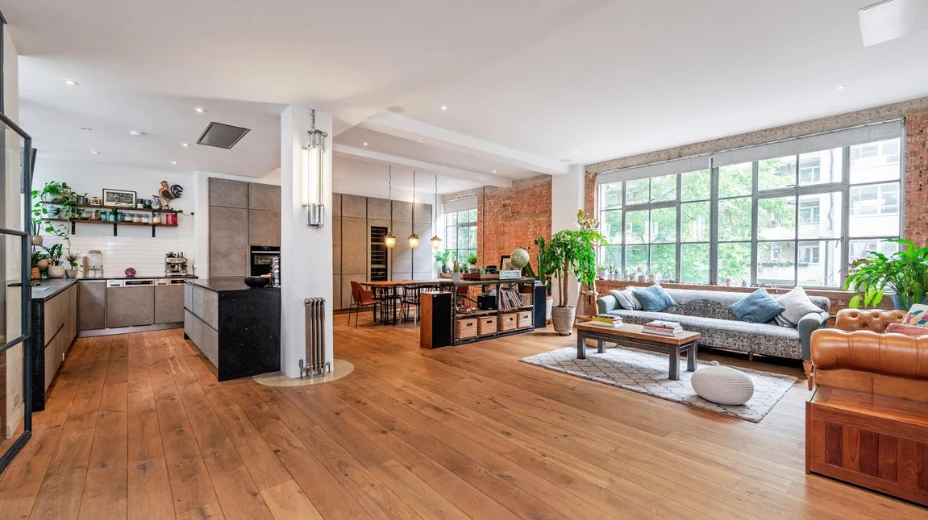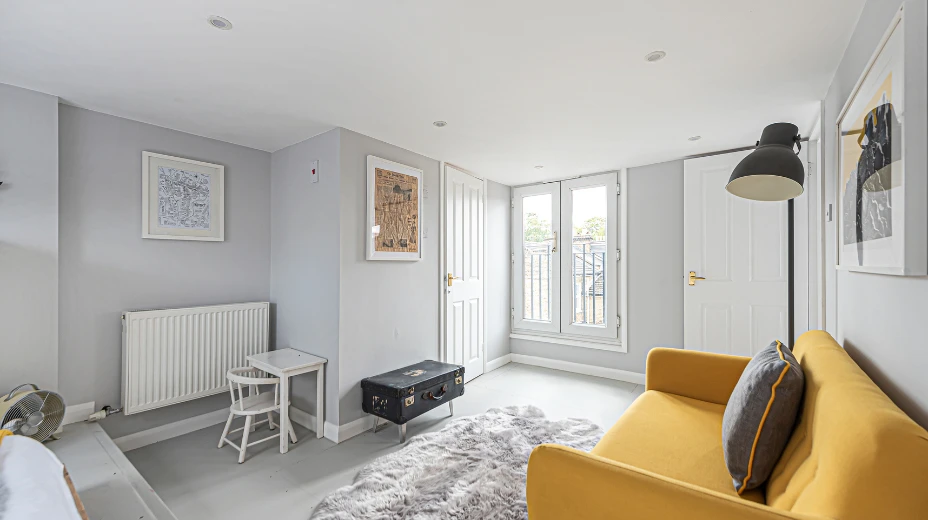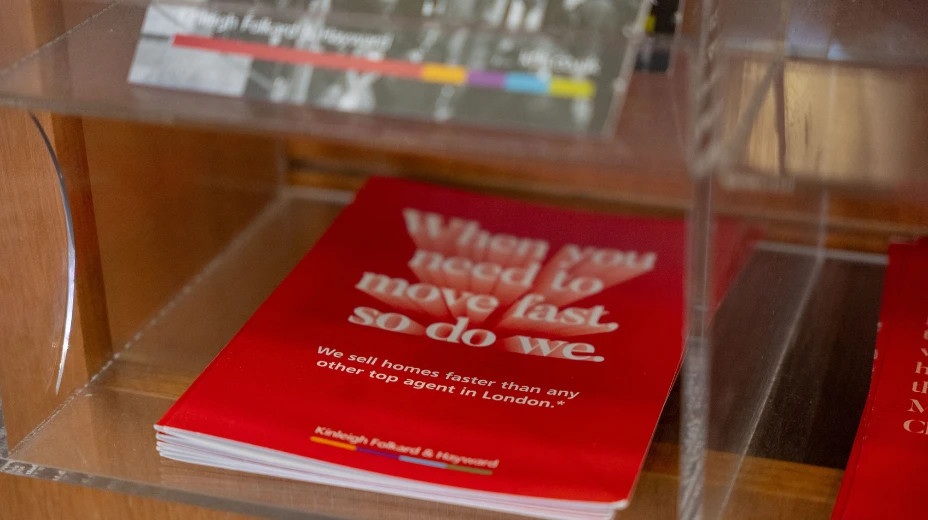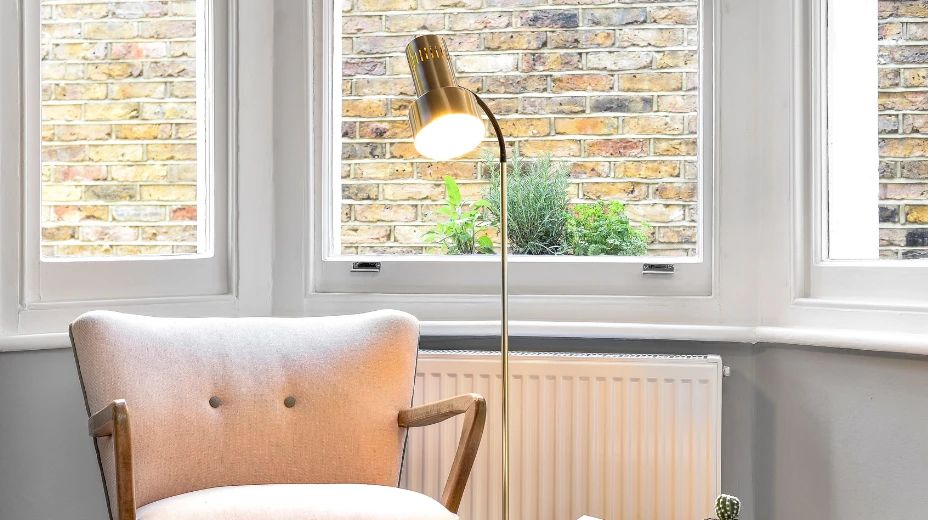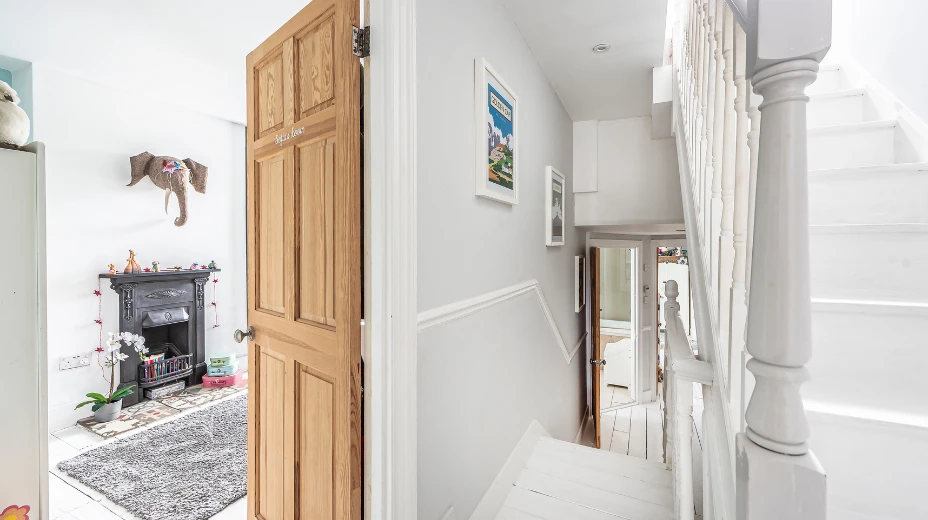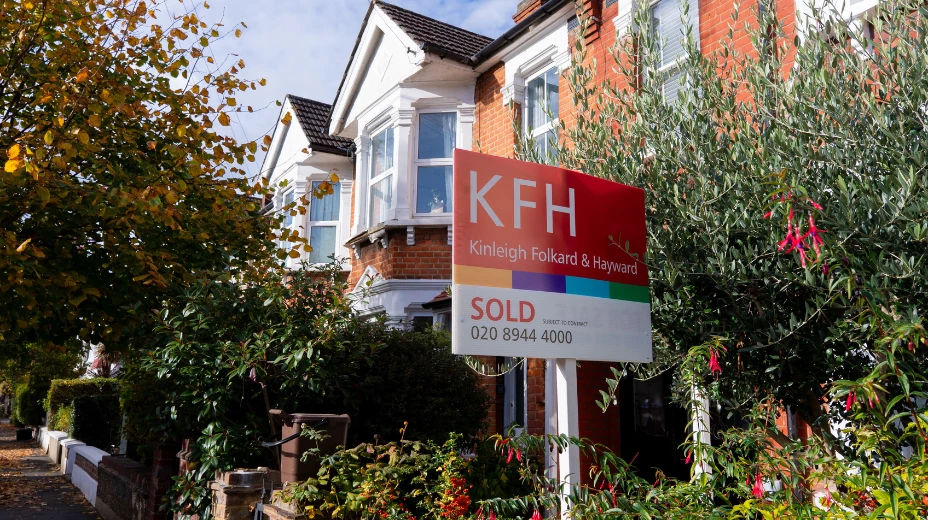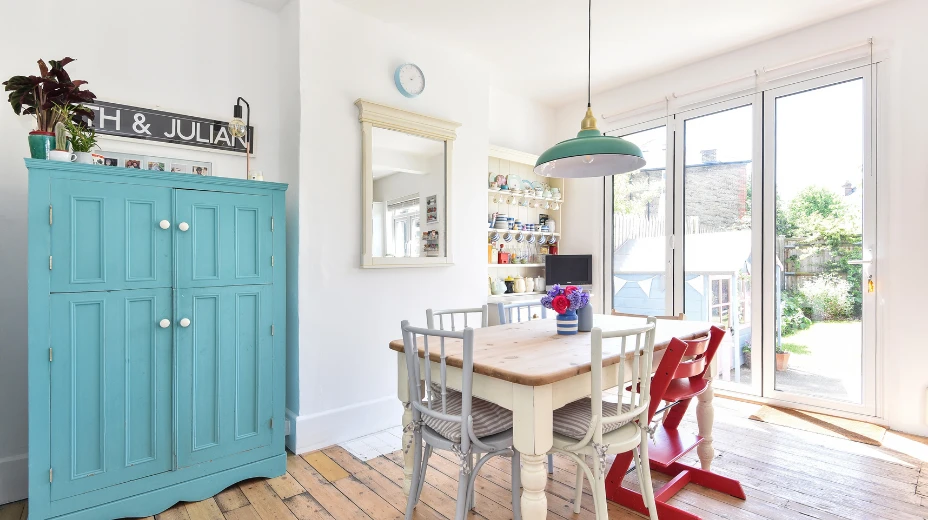Short let guide for landlords

Short let rentals can often be more profitable than long-term lets. Landlords benefit from higher rental returns and the flexibility to extend tenancy agreements weekly or monthly. However, short lets can also lead to longer void periods, so it’s wise to consider a mix of short and long-term tenants.
Corporate rentals
Some companies will look to put their staff into temporary accommodation if they are working away from home for a short, definite term.
Professionals
An individual or couple may decide to find themselves temporary accommodation while they are working away from home.
Tourists
Some tourists may prefer the home from home feel of a rental more to a hotel.
Prospective homeowners researching an area
Before committing, homeowners may want to live in an area for a short while to get a feel for it.
Homeowners in need of temporary alternative accommodation
If a homeowner is having substantial building work carried out at home, they may decide to temporarily move out or they may have to move out as a result of an insurance claim for flooding, fire or subsidence.
With London attracting businesses and workers from not only around the country, but around the world, the demand for short let property rentals is relatively high, which goes some way towards keeping the voids to a minimum.
Short lets are typically fully furnished and stocked with cutlery, glassware and crockery, so the tenant can move in with minimal fuss and little more than a suitcase of clothes. However, you can opt to rent the property part furnished.
The term of a short let rental is typically between a few weeks up to six months. Utility bills are usually included in the rent, which should be paid fully in advance. Because of this, short let tenants are not usually referenced.












